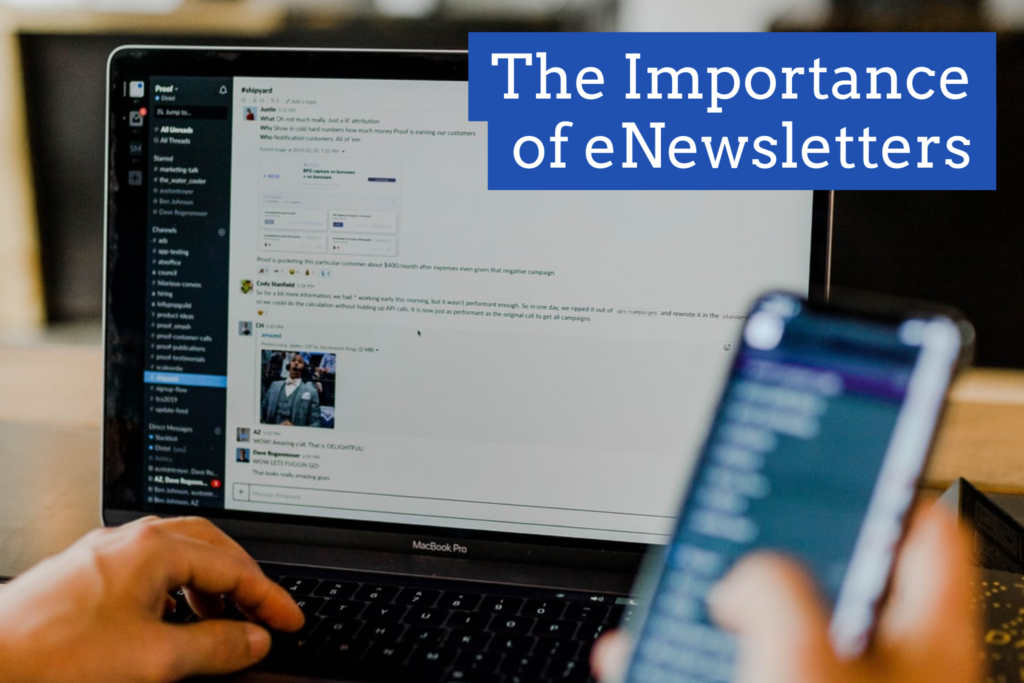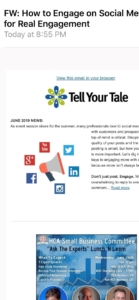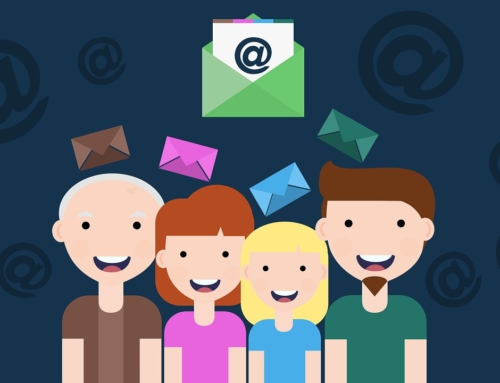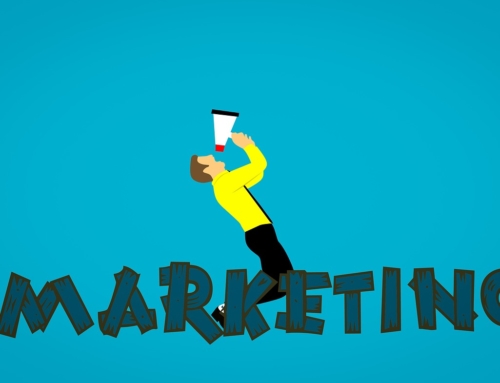 Business leaders often ask for ways to stay in front of their customers and prospects, while keeping a lid on costs. Without hesitation, one of our first recommendations is an email newsletter sent once or twice a month—every month, professionally written. Here’s why eNewsletters are so valuable.
Business leaders often ask for ways to stay in front of their customers and prospects, while keeping a lid on costs. Without hesitation, one of our first recommendations is an email newsletter sent once or twice a month—every month, professionally written. Here’s why eNewsletters are so valuable.
- It’s a good investment. While many professionals are intrigued by social media (and we agree that there is merit in business use of social media), email still reigns for delivering business messages. “In fact, email generates $38 for every $1 spent, which is an astounding 3,800% ROI, making it one of the most effective options available.”
- It’s shareable and trackable. When an eNewsletter is well written and offers valuable content, readers are more inclined to share it with their colleagues, upper management and even friends at other organizations. This amplifies the reach and return on investment (ROI). Many email newsletter systems today like MailChimp and Constant Contact have social share features (like those shown below) that make it easy for readers to post eNewsletters to their own social media outlets with a click of a button. These email programs often also generate a link that can be forwarded to others and, of course, readers can always hit “Forward” in their own email client to send the full email newsletter to others. A powerful difference between an eNewsletter system like MailChimp, Constant Contact and similar providers versus just using traditional email is that these systems capture the various ways that readers are sharing the eNewsletter and measuring the results. That type of tracking shows when a newsletter topic resonates so well with the target audience, that the content is shared further than the distribution list itself. That’s key to measuring ROI.


- Drive more website traffic. Content writers should include links in eNewsletters back to the organization’s website, specifically to pages with more, relevant content. Rather than leave readers with just one article in the eNewsletter, point them to more quality content on the issuing organization’s website. Additionally, authors can post the newsletter’s primary topic (often the subject line of the eNewsletter) to the company website with a link to the full newsletter. The words in that title are searchable by search engines like Google and Bing, which in turn attracts prospects looking for information on these keywords or topics. Content still reigns online.
For more tips on the power of email newsletters, visit our blog frequently and subscribe to our monthly eNewsletter. Email addresses are never sold or shared.
- Forsey, Caroline. “The Ultimate List of Email Marketing Stats for 2019.” Hubspot.com, August 1, 2019.










